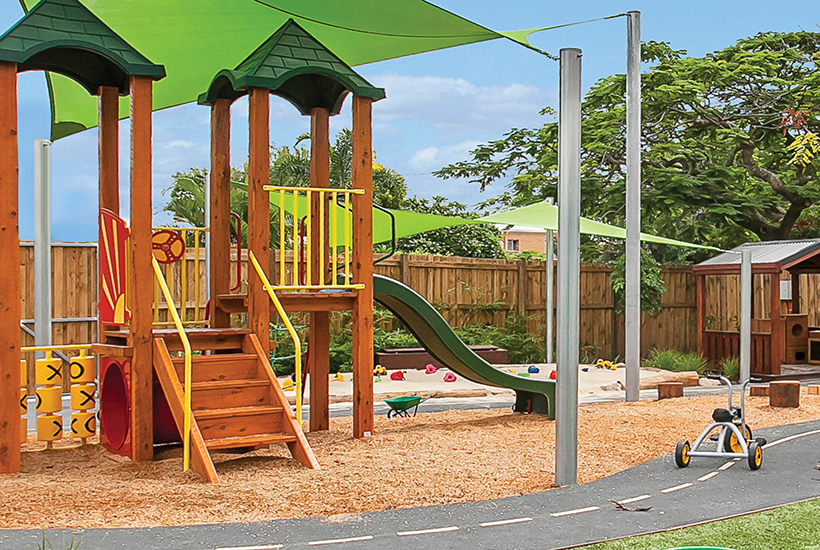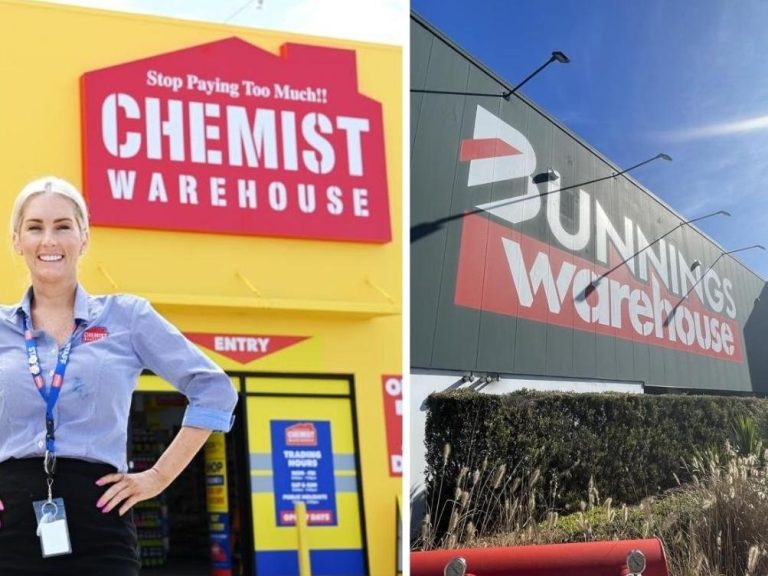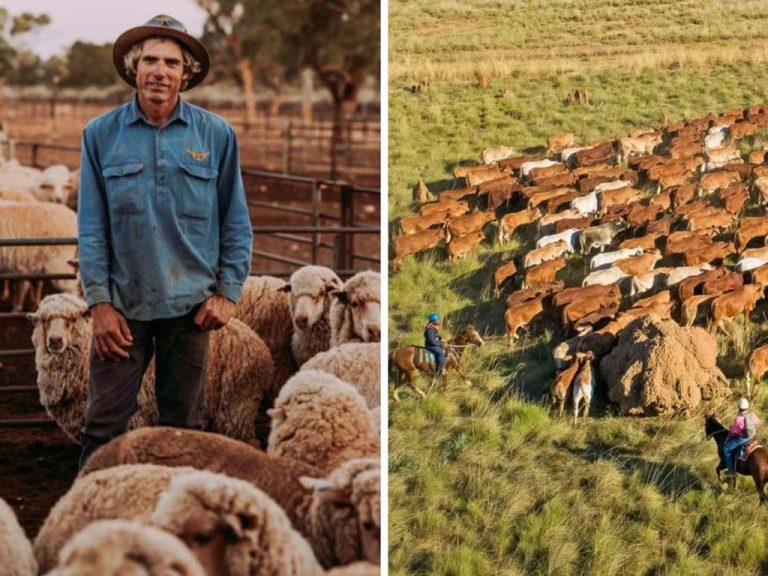Sun continues to shine on childcare: report

Childcare’s status as one of Australia’s boom commercial property classes will only strengthen, according to a new report, with government funding and demand for places to continue to attract investors.
Burgess Rawson’s Childcare Property Investment Report says it’s childcare’s “unique aspects” that are seeing it continue to generate strong demand and sharp yields, as buyers chase a foothold in the industry.
In the last financial year $318 million worth of childcare assets changed hands across Australia, the report says, while Burgess Rawson alone has sold more than 70 childcare centres in 2017 on an average yield of just over 5.5%.
Commercial Insights: Subscribe to receive the latest news and updates
Burgess Rawson Associate Director – Childcare, Adam Thomas says many childcare centres are underpinned by long leases to major childcare operators, including Goodstart, which runs more than 640 centres across Australia, and G8 Education, which controls 500 centres.
A G8-leased centre at Vaucluse in Sydney achieved the strongest result of any childcare property in Australia this year, selling on a 3.57% yield for $4.425 million.

Many childcare centres enjoy long leases to major operators.
But the report says that while major childcare operators are a key cog in the industry, they control less than 15% of the centres Australia-wide, meaning there’s ample scope for investors to capitalise by buying a centre and then securing a lease to one of the big players.
“With 85% of the market in the hands of smaller chains and some ‘mum and dad’ operations, the sector is ripe for merger and acquisition,” the report says.
“By way of example, G8 Education – a $2 billion ASX-listed entity – has been constantly consolidating its market share through the acquisition of smaller childcare businesses, and their lease covenant is arguably the most sought after by property investors.”
Australia’s childcare funding model will is soon set to change, with the current $7500 subsidy for all families to be replaced by a means tested system that will see lower income families receive subsidies of up to 85%.

The underlying land value of many childcare centres is also considered attractive.
And it’s the surety of that Federal Government investment, which is tipped to reach $10 billion by 2020, that is drawing an increasing number of operators and investors, the report says.
Thomas says an event as large as the demise of ABC Learning in 2008 could have been the death knell in other industries, but childcare has since gone from strength to strength.
“Even when you look at a time of high stress for the industry, such as the collapse of ABC Learning, the actual effect was minimal as new profit and non-for-profit chains quickly filled the gap,” he says.

2017 has seen more childcare centres sold than in any year in history. Source: Burgess Rawson.
Childcare places remain at a premium, particularly in inner-city areas, with many families returning to the workforce sooner than ever before after the birth of a child. Any many are prepared to pay fees approaching $200 a day for their child to be in their preferred centre.
And inevitably that money flows through to the property owners.
Thomas says that five years ago childcare landlords in capital city metro areas were receiving rents that equated to about $2000 per childcare place at their centre.
But those same centres are now achieving rents of around $4000 per place, with some as high as $6500 per place.







